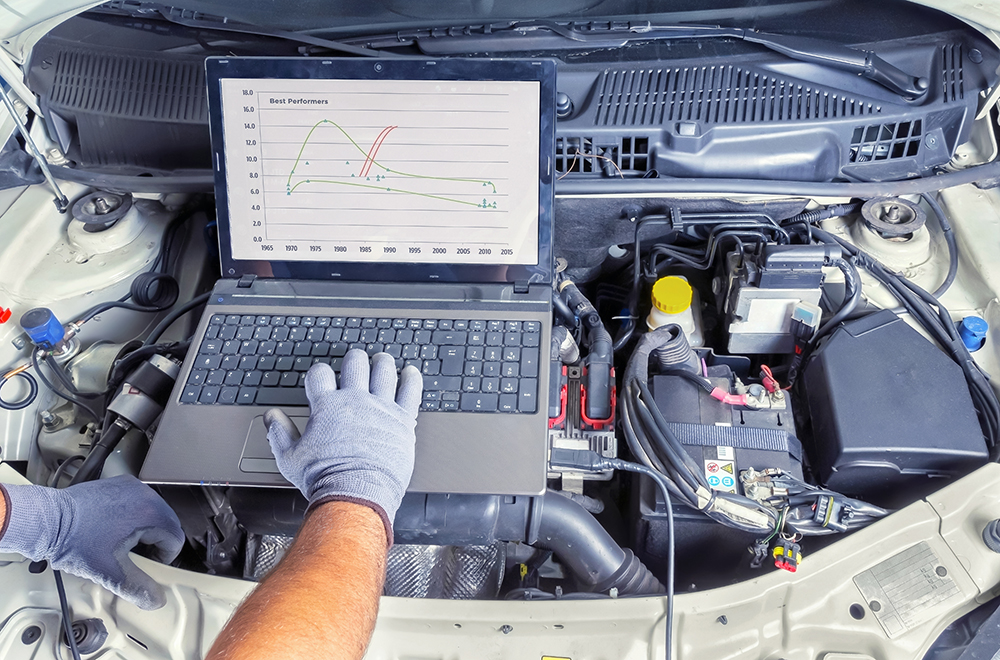By 2030, 25% of the global vehicle market will be electric. But will the infrastructure be there to provide the necessary “fuel.”
Just last week, I posted an IdeaXchange blog discussing the different truck technologies that are due to disrupt the industry over the next decade. The statistic stated above was provided by Ken Davis, founder of Greentree Advisors, LLC, to NationaLease attendees at a recent meeting. Davis focused on a variety of technological disruptions, including autonomous vehicles and the increasing reliance on mobile technology.
What I found most intriguing was the conundrum that will be faced by fleet operators and owners who may want to invest in an electric-powered fleet but question whether there will be enough charging stations to make such an investment viable. That was the concern of Davis during his presentation. He noted that although electric trucks may cost 30% less to operate than current trucks powered by internal combustion engines, companies need to factor in all costs including that of the vehicle, the infrastructure and the cost of operation. He noted that there are ongoing concerns about grid capability and charging infrastructure development.
These concerns are addressed in detail by the North American Council for Freight Efficiency (NACFE) in an article on their website. The organization notes that initially, fleets will need to create their own charging capability by either buying charging stations outright or by leasing those stations. That is simply a matter of supply and demand. Electric trucks will need to be a major factor on the road before significant infrastructure changes are made. So initially, most vehicles will need to be charges through private ventures.
That will necessitate collaboration between the industry and utility companies. That is because grid capacity will need to increase to allow for the extra electricity the new trucks will require. That may result in new tariff charges as well as better planning for demand management.
An infographic in the NAFCE article details the eight steps of the roadmap:
- Engage utility
- Choose vehicles
- Determine charging needs
- Assess financing
- Procure charging components
- Design site plan
- Apply for permits
- Deploy charging infrastructure
The author of the NAFCE article, Jessie Lund, noted that there are “tentative plans for public fast-charging networks across main corridors throughout the country that would be capable of charging commercial vehicle batteries quickly” But Lund also stated, “But we don’t see that as a reality for the immediate future.”
These predictions may well be true but we know how technology can take huge leaps forward in an unexpectedly short timeframe. Will electric charging infrastructure follow that path? Only time will tell.
Read Jane’s IdeaXchange blog to learn more about disruptive technology.





